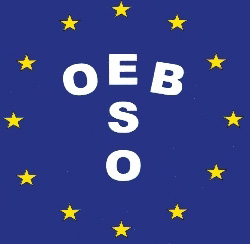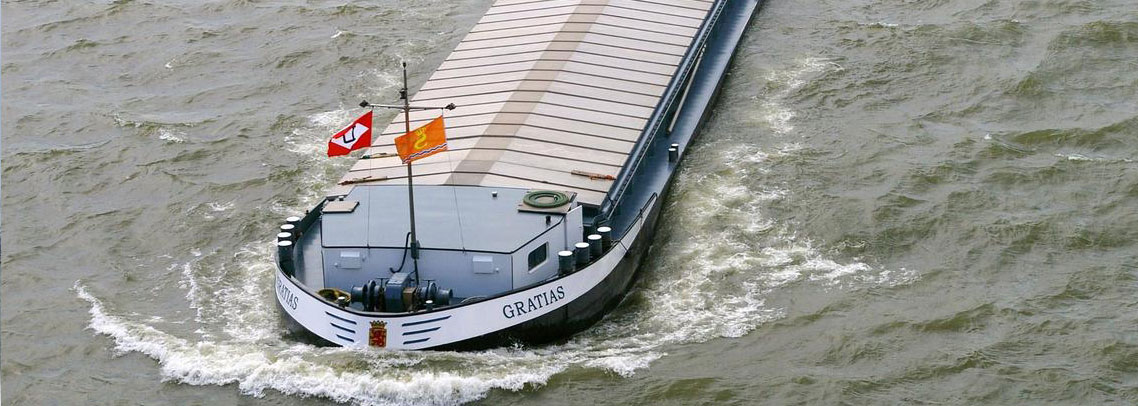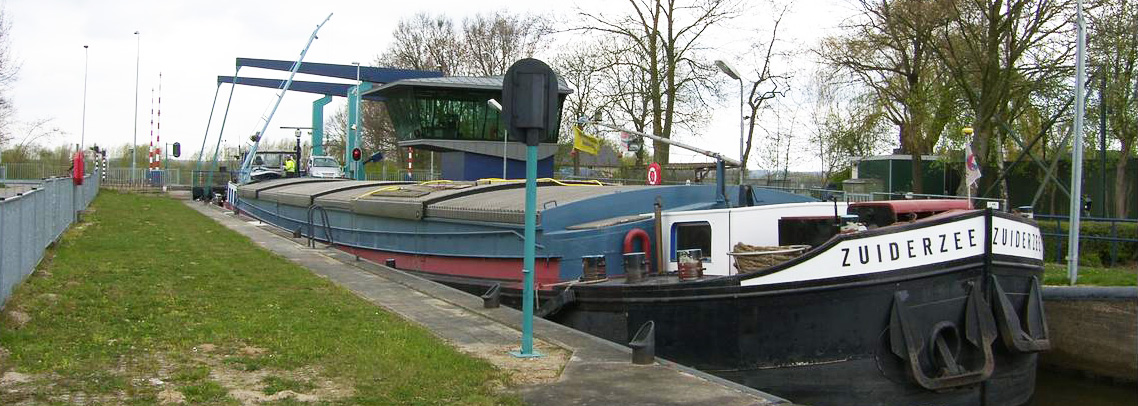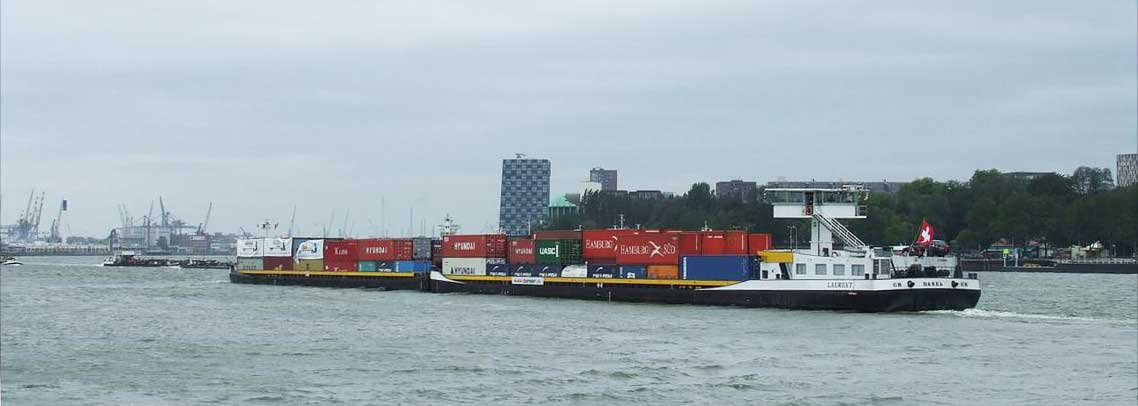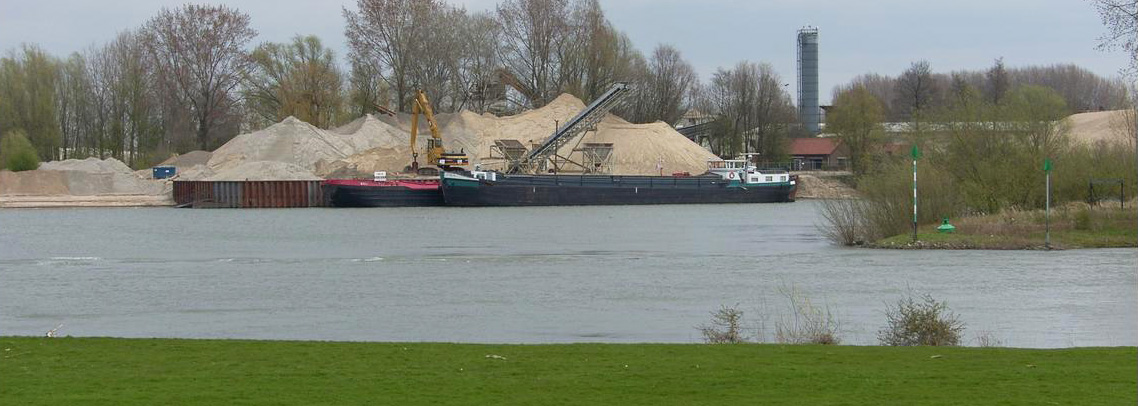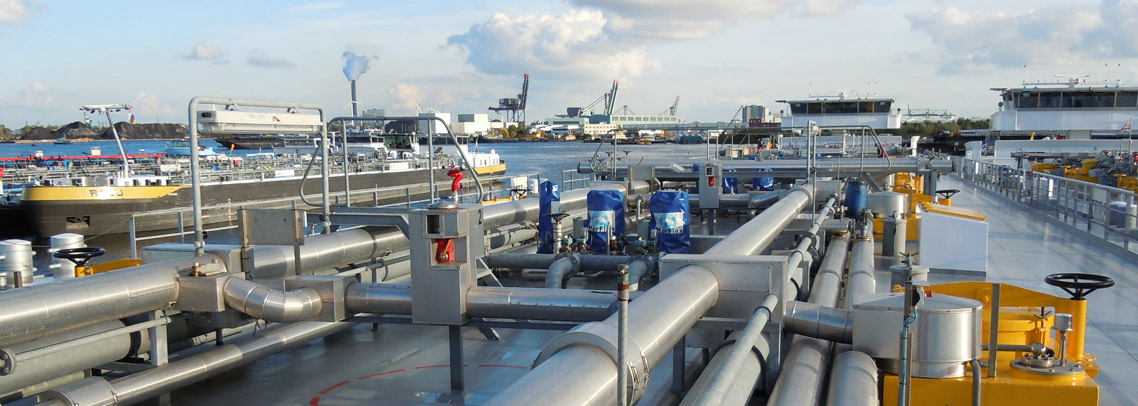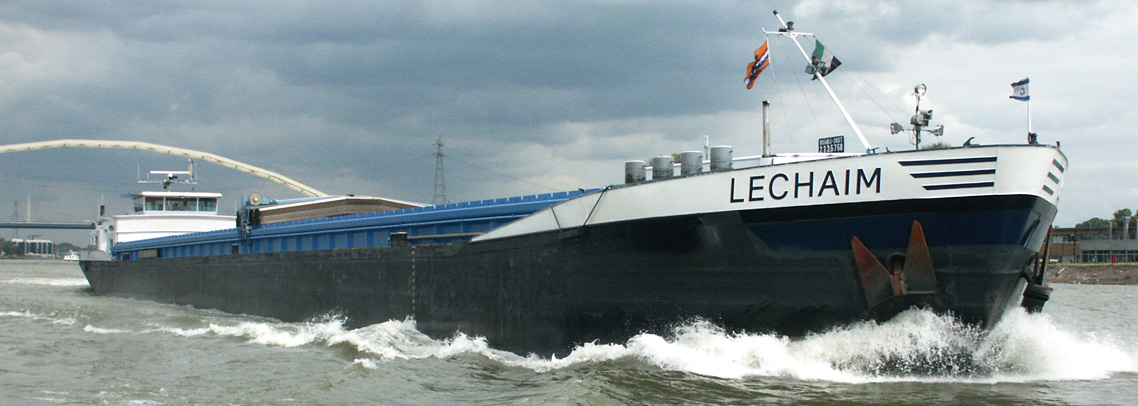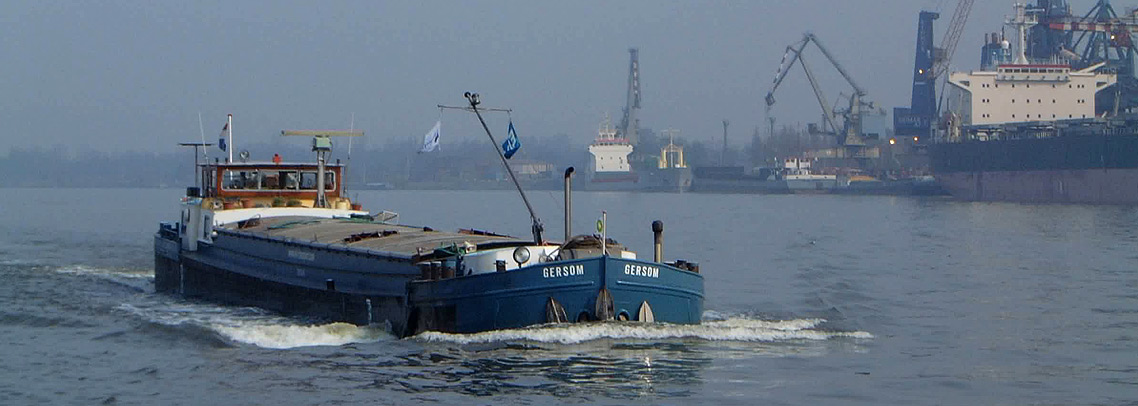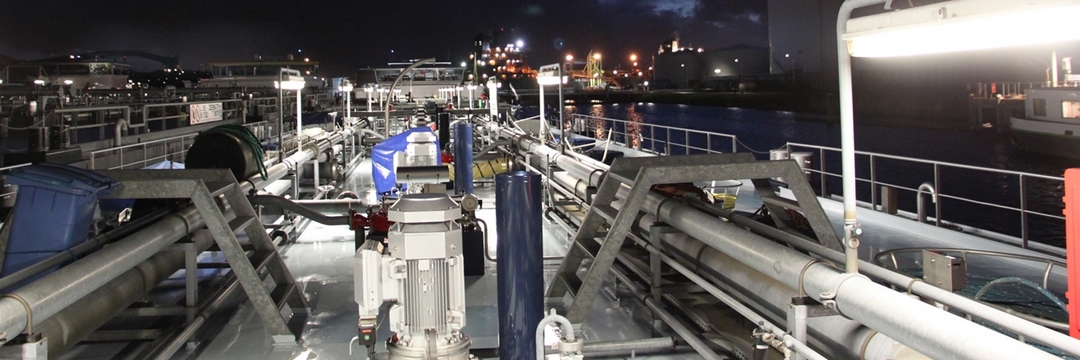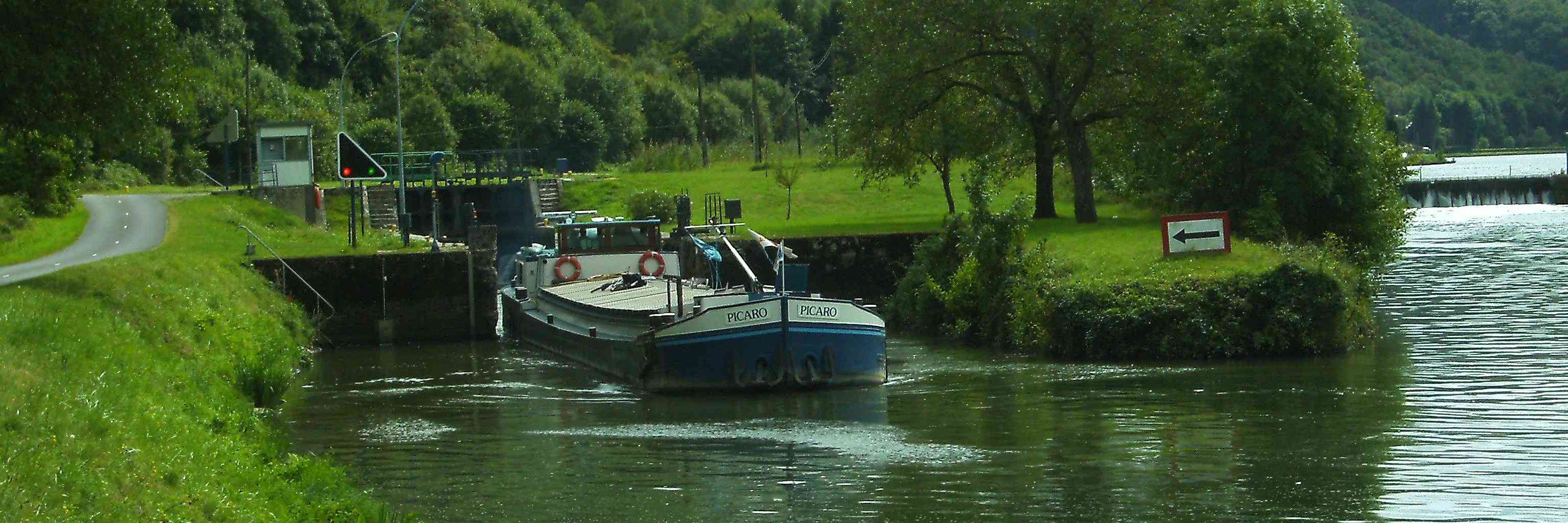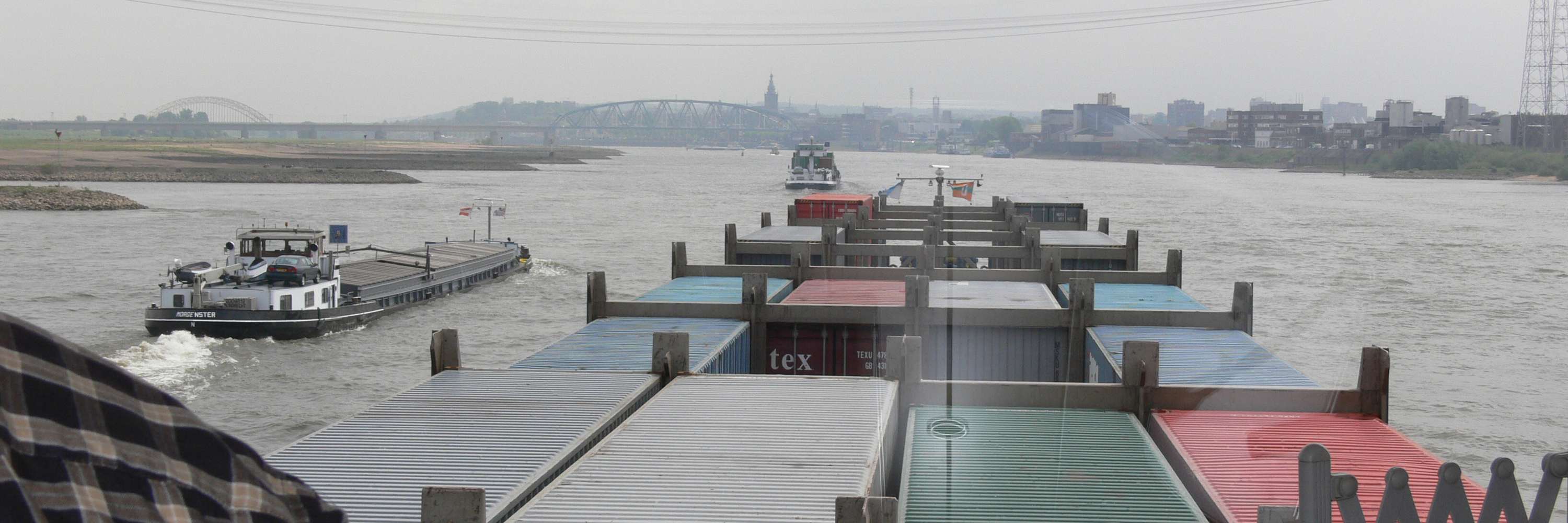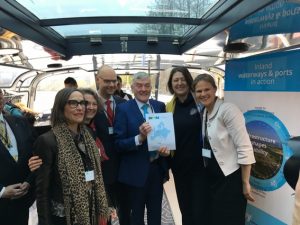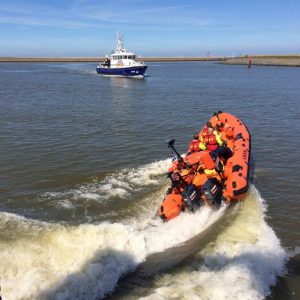On 5 January 2018, the Convention on the Measurement of Inland Waterways Vessels drawn up in Geneva in 1966 was published in the Journal of Laws of the Republic of Poland.
The Convention ratified by the President of the Republic of Poland Andrzej Duda leads to the adoption by Poland of newer, more detailed and adequate standards for measurements of inland waterway vessels that are adequate to contemporary conditions. This will allow equating the statute of Polish vessels by recognizing their measurement certificates with similar documents issued by the States Parties to the newer Convention.
The unification of the method of measuring ships within the states of the parties to the Convention allows for a reliable approach to inland waterway vessels. Their dimensions are taken into account, which translates into the standardization of technical parameters of inland waterways – including clearances under bridges, as well as the unification of rolling stock, which facilitates the free flow of workers in inland navigation.
The convention is available at this address:
